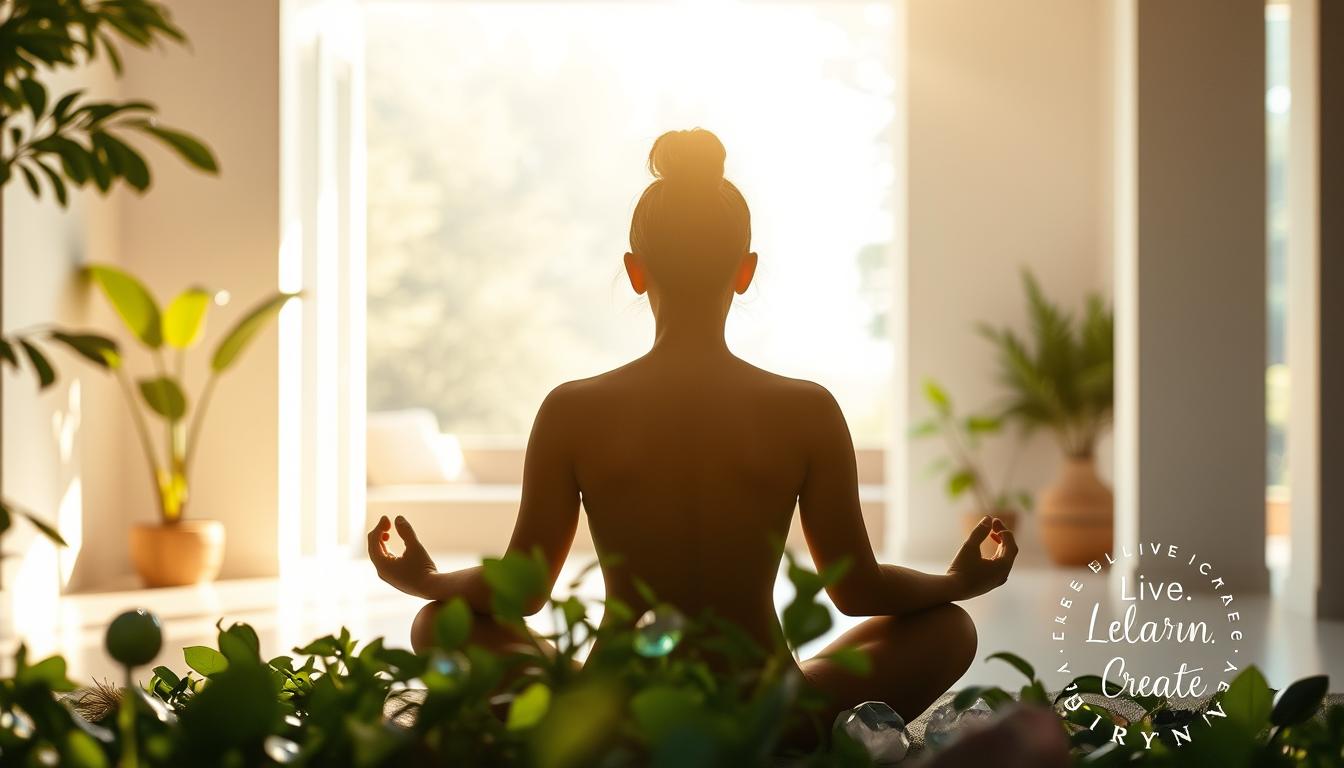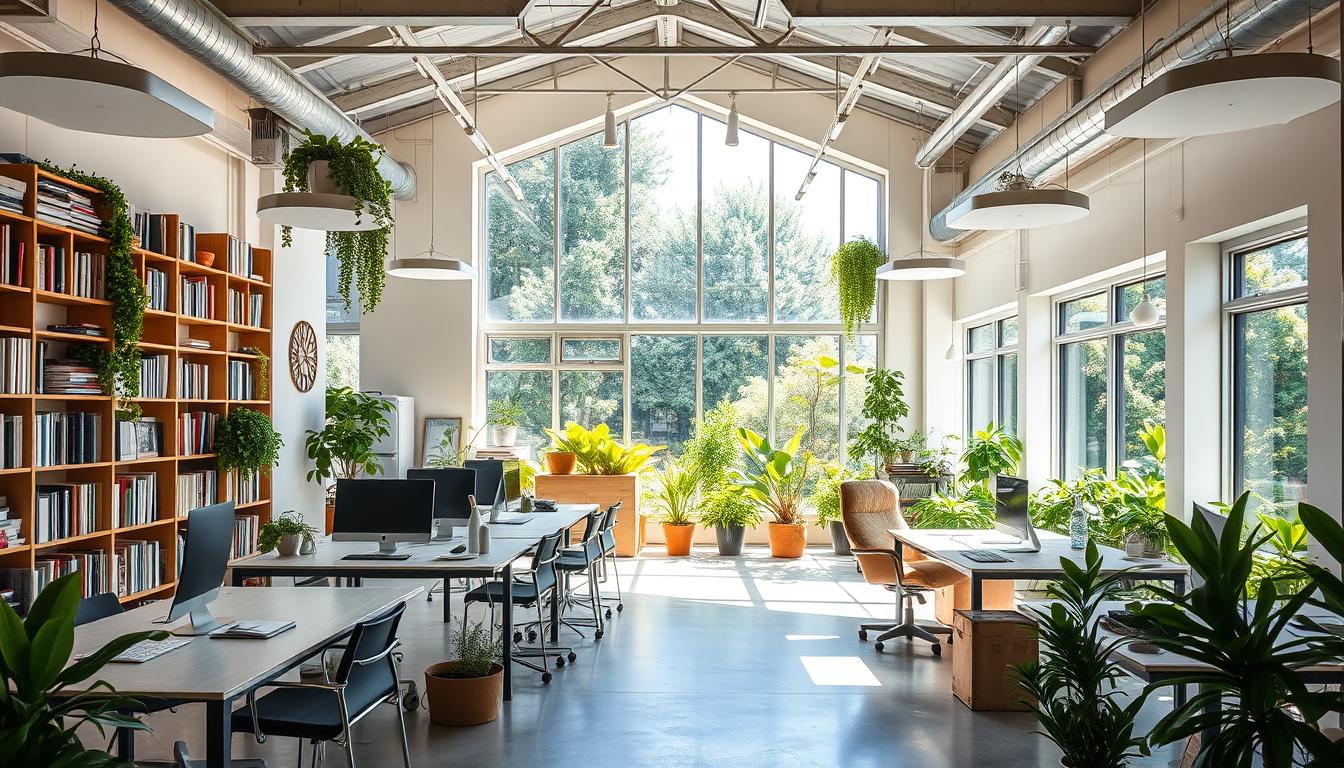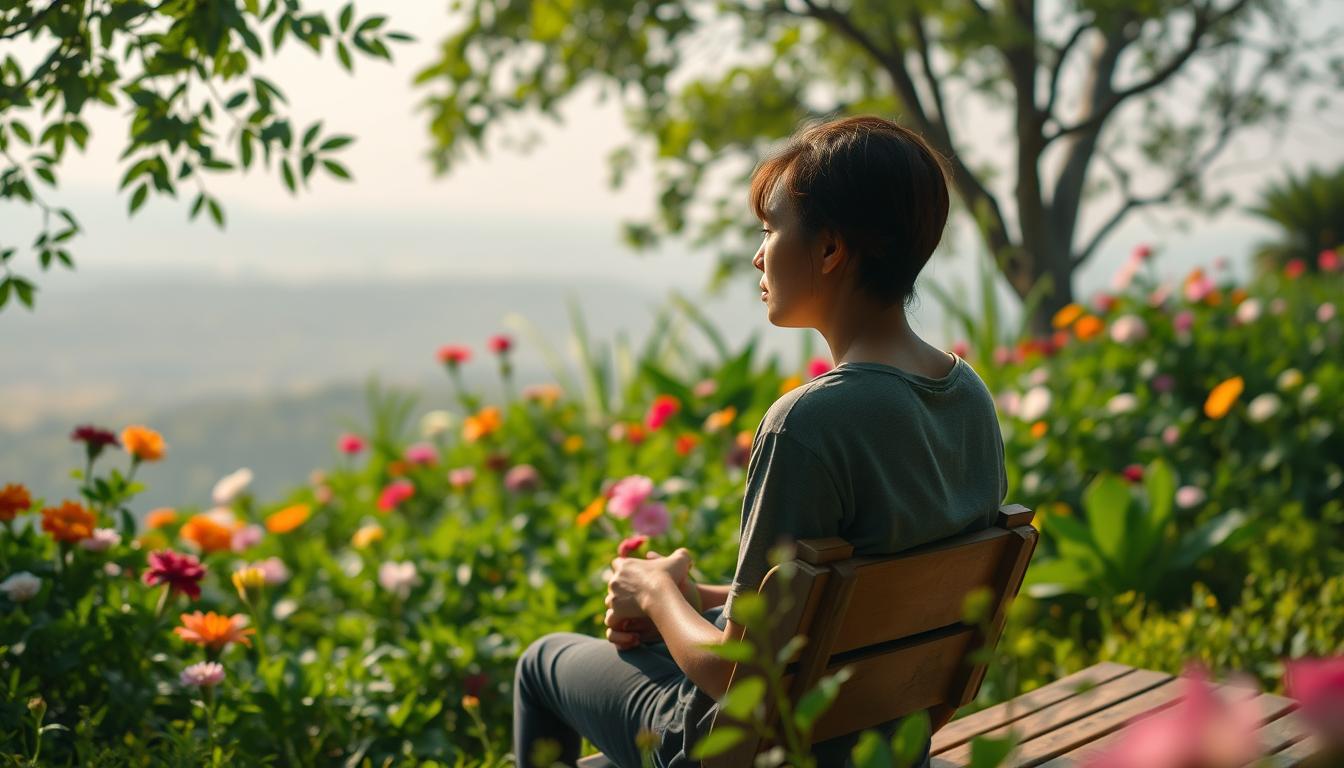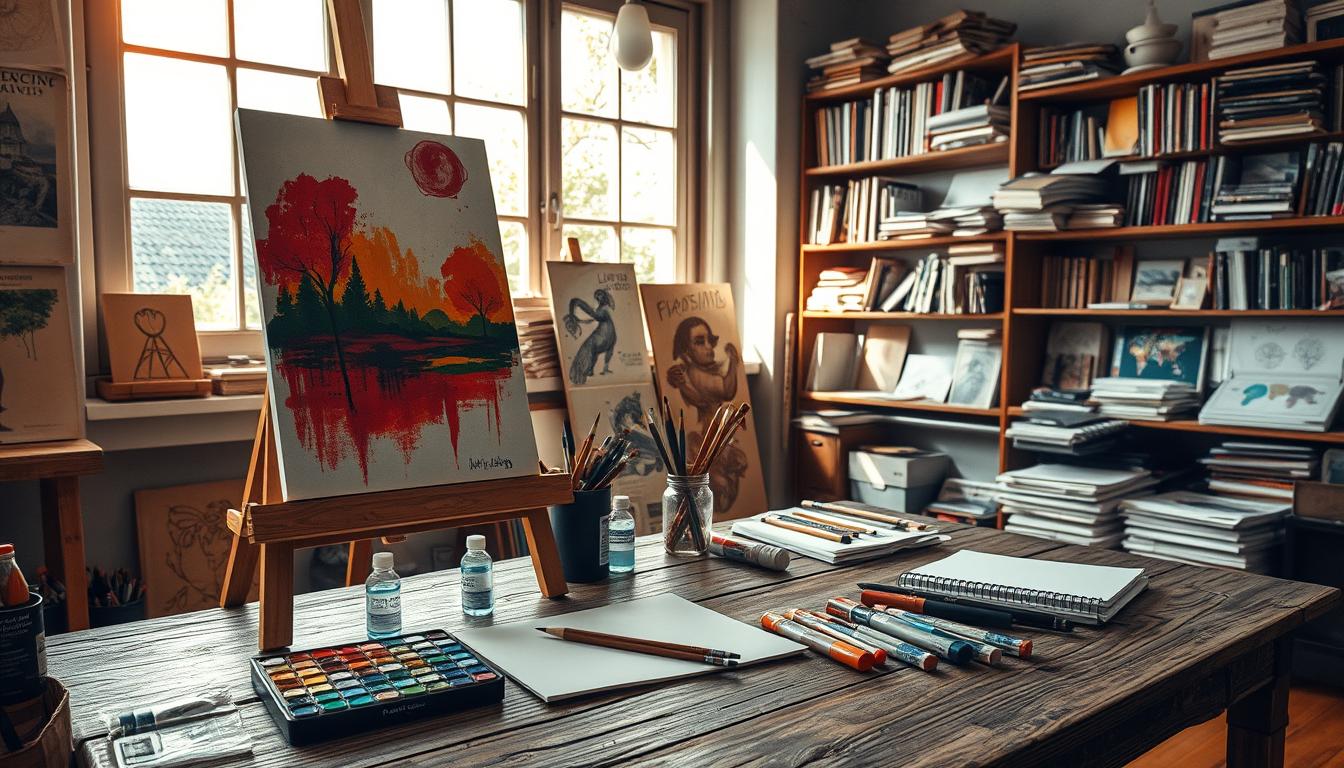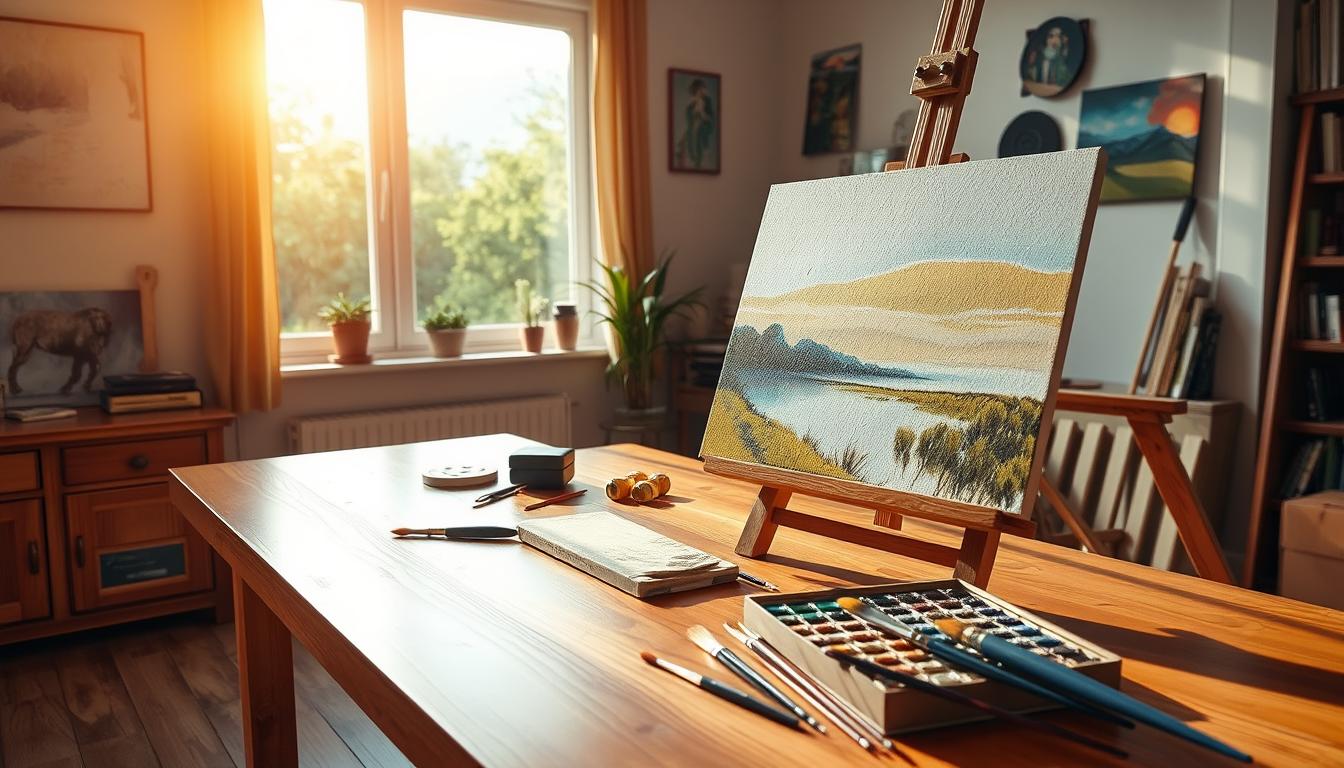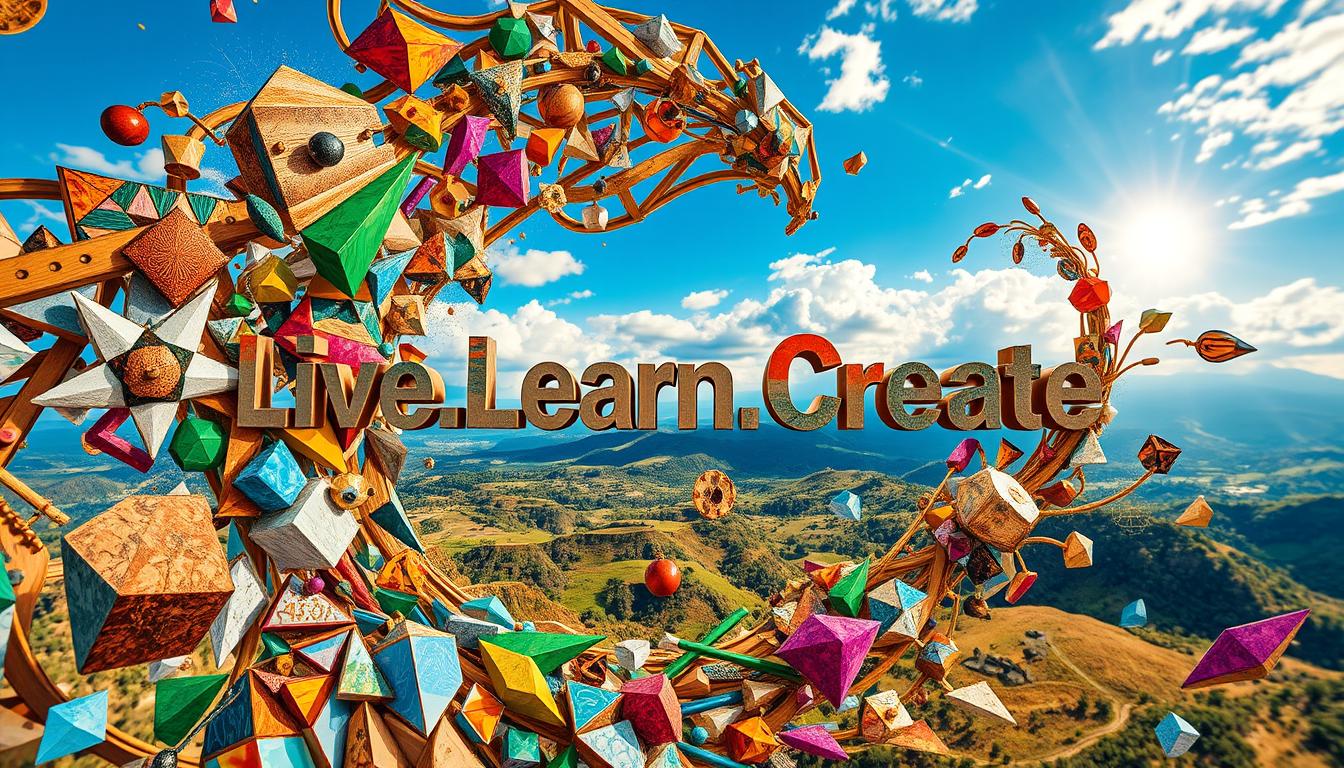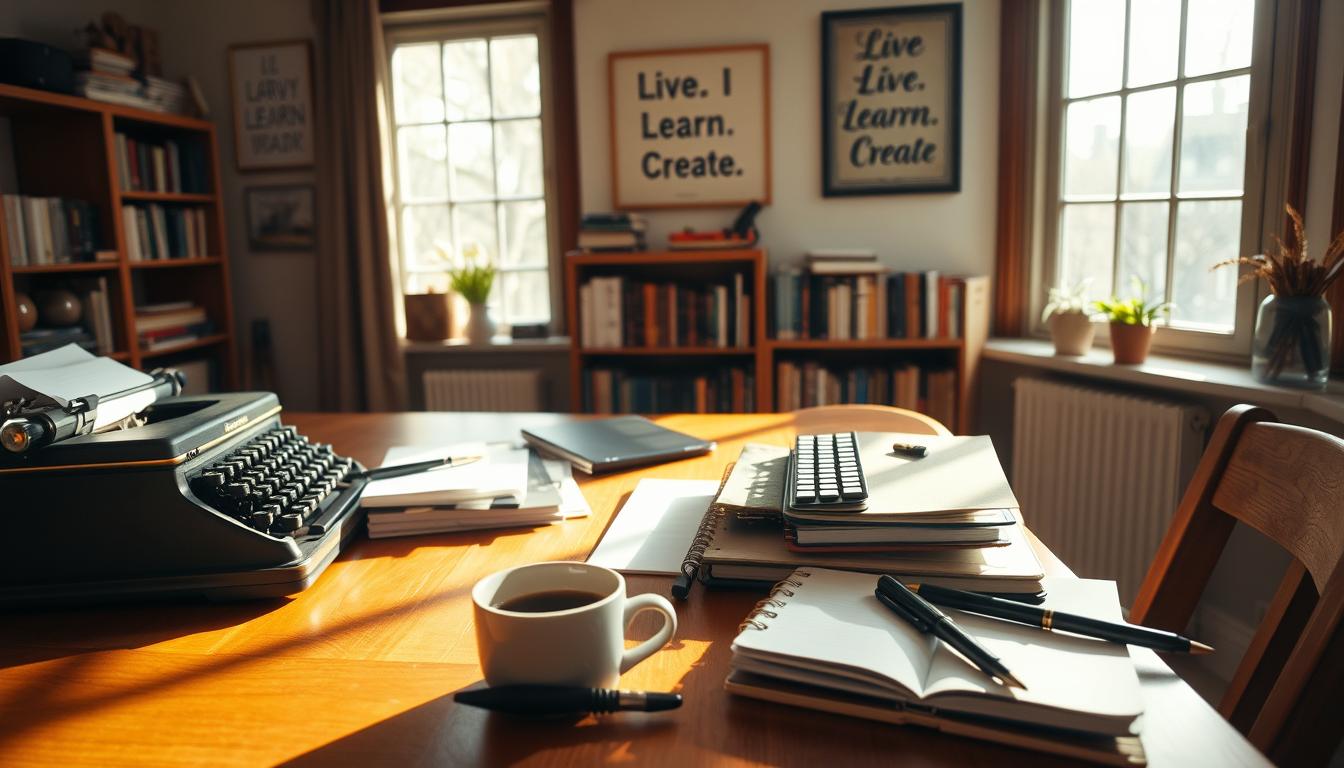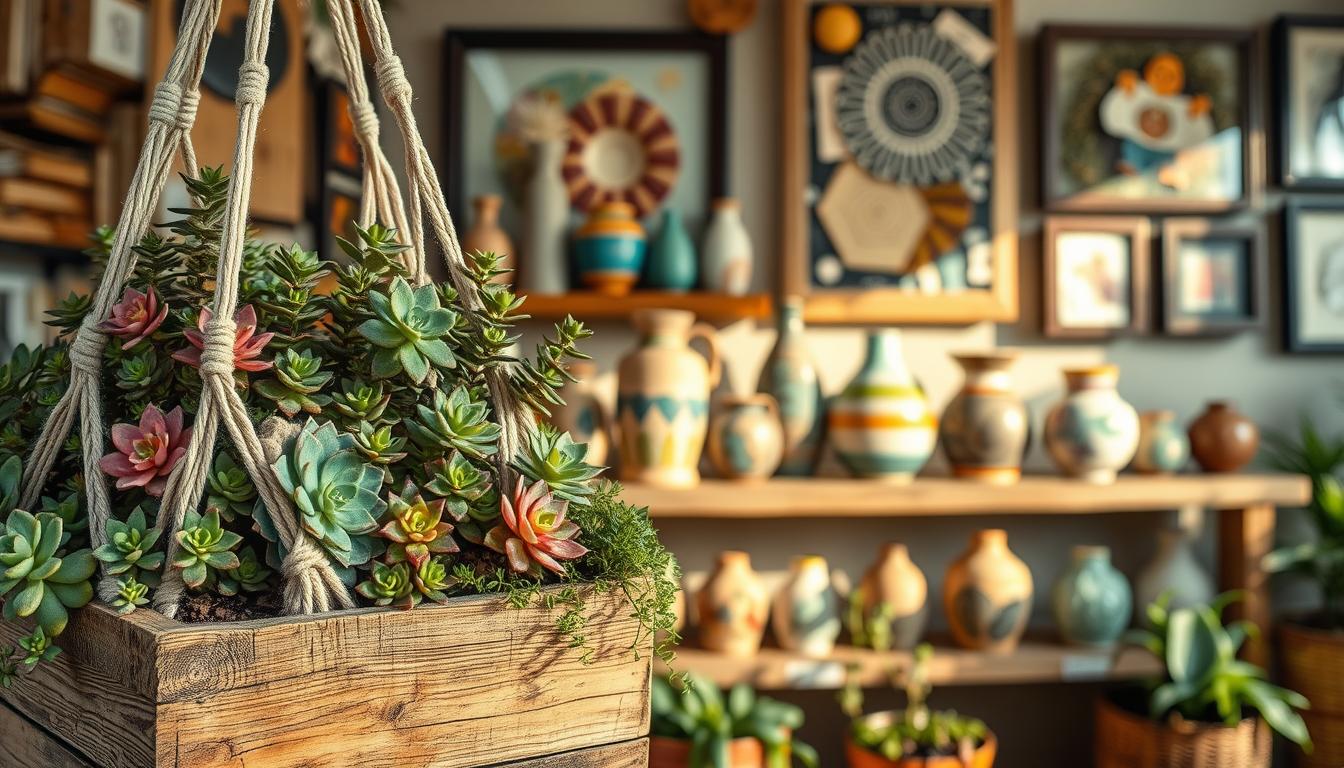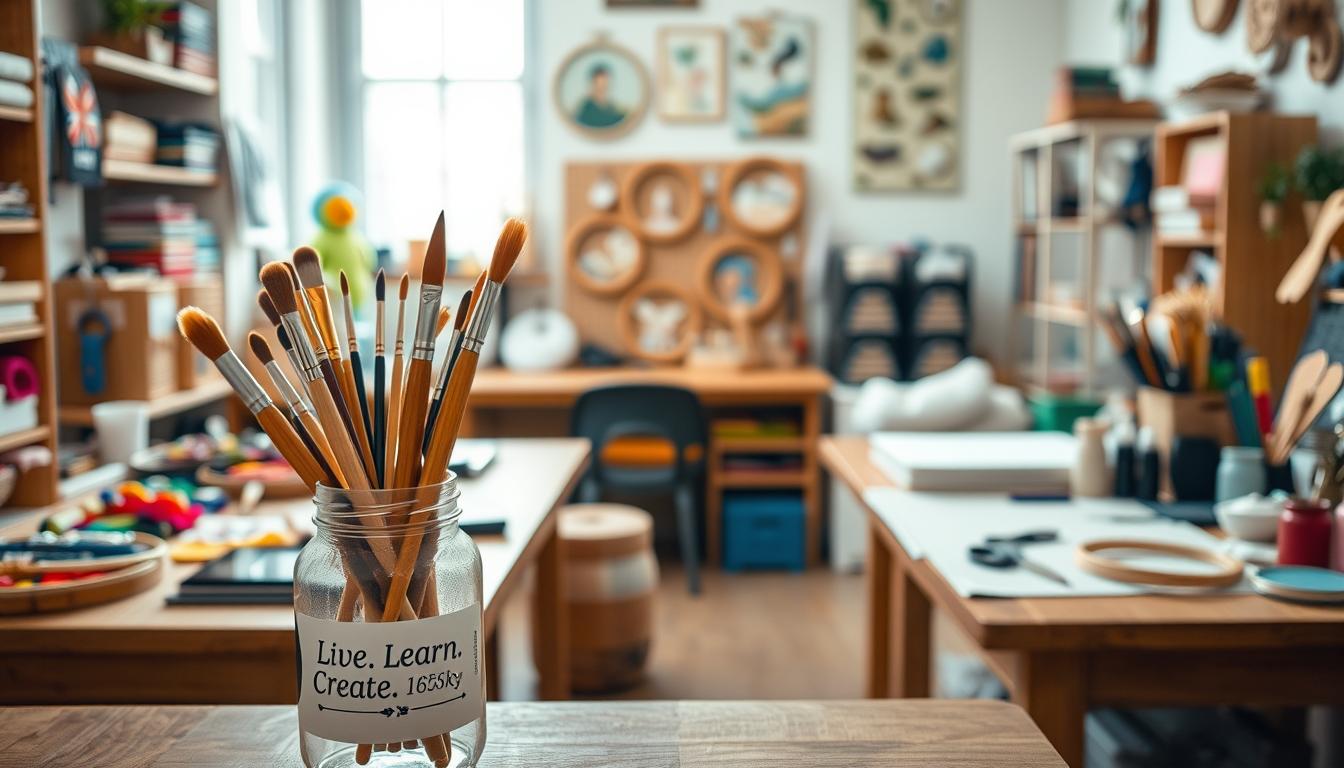Years ago, I hit a turning point—my health wasn’t just about eating right or exercising. It was a puzzle of mind, body, and the people around me. That realization sparked a journey into holistic practices, reshaping how I saw well-being.
Writing became my compass. It helped me organize years of research—and my own stumbles—into something tangible. What started as notes grew into books and courses, packed with tools to make wellness feel less like a goal and more like a daily practice.
Here’s the truth: thriving isn’t a finish line. It’s about small steps, curiosity, and connection. My work? A roadmap to help you find your rhythm.
Key Takeaways
- Holistic well-being blends mind, body, and community.
- Writing transformed my personal insights into shareable wisdom.
- True wellness is a practice, not a destination.
- Books and courses offer practical steps for everyday life.
- Growth happens through reflection and action.
My Journey to Wellness and Writing
Chicago’s stark health gaps woke me up—suddenly, my personal struggles weren’t just mine. Seeing neighborhoods where clinics felt distant and fresh food scarce, I realized: care needed to meet people where they lived. That’s when I discovered Wellness Homes, spaces where health wasn’t about waiting rooms but gardens, cooking classes, and trust.
Discovering the Power of Holistic Health
At a Wellness Home on the South Side, I watched a nurse teach diabetes prevention while stirring a pot of collard greens. No white coats, no jargon—just life, reshaped. Their model proved what I’d felt: true healing blends science with human connection.
I began documenting these moments. How a shared meal lowered blood pressure better than a pamphlet. How laughter in a support group eased stress. My notes became a journey—one that showed me systemic change starts with listening.
Why I Wrote Books to Share My Insights
Publishing felt daunting, but the stories demanded to be heard. When Barnes & Noble and Apple Books picked up my work, I knew it was right. Mainstream platforms meant reaching those who needed it most—busy parents, overworked teachers, anyone craving care that fits their reality.
Behind the scenes, writing deepened my own practice. Drafts piled up with research on equity, yes, but also with recipes, moon cycles, and forgiveness letters to my body. The Caregiver in me wanted to hand you these tools gently, like a neighbor passing a casserole.
“Wellness isn’t a solo hike—it’s a village walking together.”
Today, my books sit on shelves where someone might stumble upon them after a long shift. That’s the point: making wellness feel possible, not perfect.
HEALTH & WELLNESS Resources for Your Journey
I’ve seen how the right tools can turn information into action. That’s why my books and courses meet you where you are—whether that’s a quiet evening with a paperback or a lunch break with your phone.
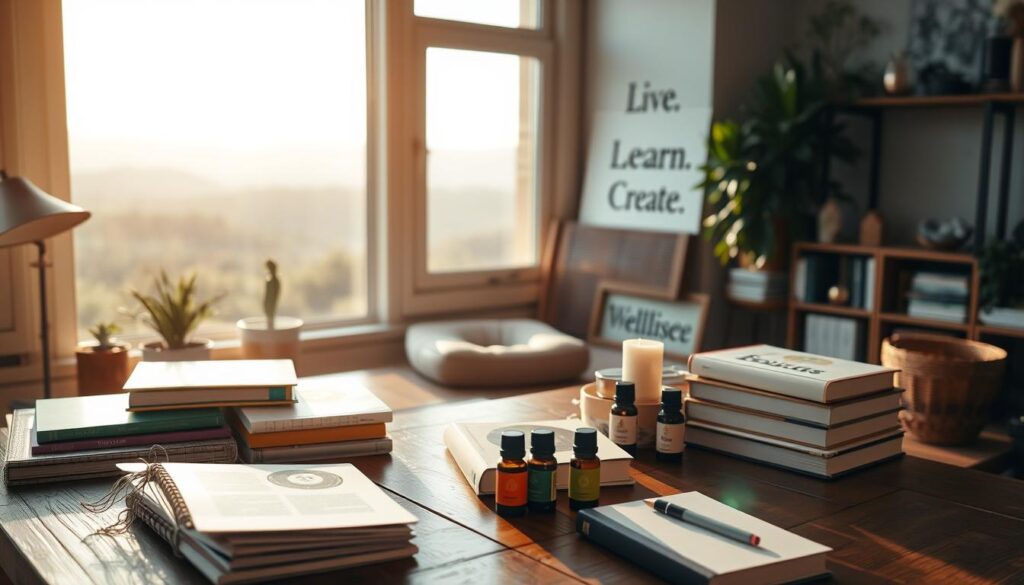
Books for Every Learning Style
Find my guides at Barnes & Noble and Apple Books, designed for real-life challenges. One reader told me she keeps the nutrition chapter open while meal prepping—that’s the access I wanted to create.
Interactive Learning on Udemy
My new Udemy courses include video demos of mindfulness techniques and downloadable planners. You’ll find strategies not in the books, like adapting healthcare routines for shift workers.
Prefer clinics or community spaces? Chicago’s school-based health centers offer sliding-scale care, while models like Wellness West prove kitchens can heal as powerfully as exam rooms.
“Choose what fits your rhythm—a book for reflection, a course for hands-on practice.”
True health wellness grows when information meets your daily life. Whether through pages or pixels, these resources are invitations—not instructions.
Building a Community-Centered Wellness Model
Chicago’s neighborhoods taught me that real change begins when care walks into living rooms, not just clinics. The community itself holds the blueprint—whether it’s a church basement hosting cooking classes or a school gym doubling as a healthcare hub. At Wellness West, I saw this firsthand: their collaborative model turned corner stores into fresh food distributors and neighbors into health advocates.
Lessons from Chicago’s Innovative Approaches
Wellness West’s white paper introduced me to “health islands”—pockets where systemic neglect created stark gaps in care. But their neighborhood partnerships flipped the script. Local barbers taught diabetes prevention. Libraries stocked blood pressure cuffs. This wasn’t just a model; it was a movement.
Chicago Public Schools (CPS) mirrored this ingenuity. By embedding Medicaid and SNAP enrollment in parent-teacher conferences, they boosted access for families who’d never set foot in a clinic. One mom told me, “This felt like someone finally saw us.”
How Access and Equity Shape Well-Being
Wellness Homes proved spaces matter. A South Side location transformed an old laundromat into a gathering place with yoga mats and recipe swaps. No appointments, no paperwork—just community. Studies show these non-clinical settings reduce barriers by 40% compared to traditional systems.
Want to support this shift? Start small:
- Volunteer at a school health fair
- Advocate for access programs like CPS’s
- Share Wellness West’s model with local leaders
“When we stop asking people to come to care and bring care to them, equity becomes real.” —Wellness West White Paper
The 12-year life expectancy gap between Chicago’s richest and poorest zip codes isn’t inevitable. It’s a challenge to rethink what community care can—and should—be.
Integrating Wellness into Everyday Life
A kitchen timer taught me more about care than any waiting room ever did. Five minutes of stretching while my soup simmered became a ritual—proof that small steps add up. Real change happens when we bring care into our homes, not just clinics.
Redefining Where Care Happens
Wellness Homes showed me flexibility matters. Their 7-day/week model means no waiting for an appointment—just walk-ins for yoga or nutrition talks. One mom told me, “I come after night shifts. They meet me where I am.”
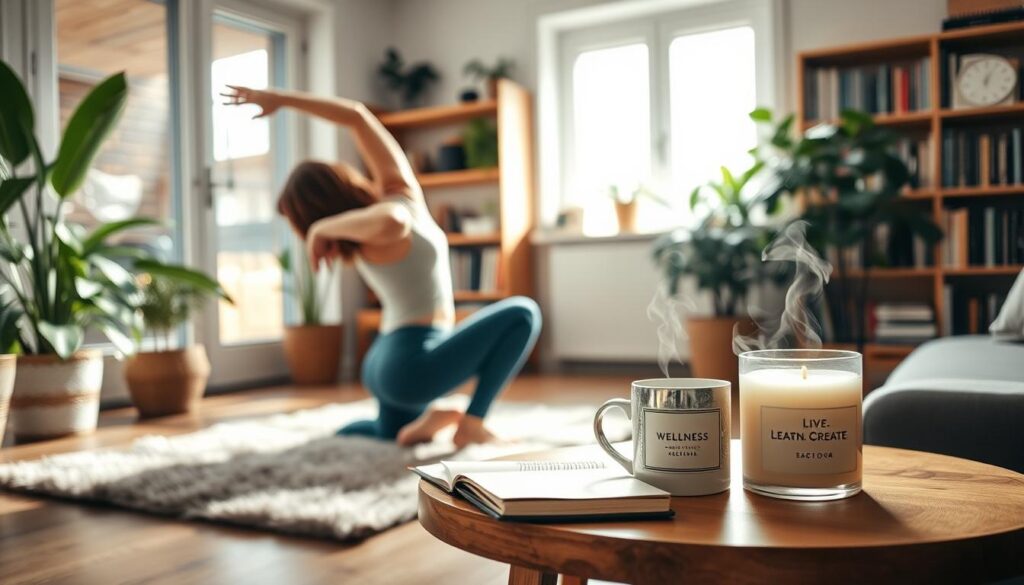
Telehealth erased my dread of appointments. A 10-minute video call can adjust medications or calm anxieties. CPS’s Healthy Hotline (773-553-KIDS) takes it further—immediate advice for parents, no paperwork.
Simple Steps, Big Impact
Try these home-friendly tweaks from my books:
- Swap soda for sparkling water with citrus—cuts sugar without deprivation
- Use commercial breaks for wall sits or deep breathing
- Write one gratitude note weekly (stick it on your fridge)
These aren’t chores—they’re invitations. Like Wellness Homes’ cooking classes, they blend care into daily experience.
| Time | Practice | Benefit |
|---|---|---|
| Morning | 2-minute stretch while coffee brews | Boosts circulation |
| Lunch | Add veggies to one meal | Improves gut health |
| Evening | Screen-free 15 minutes before bed | Enhances sleep |
“You don’t need a perfect plan—just a start.”
Print this table. Tape it where you’ll see it. Care grows best in small, steady doses.
Conclusion: Your Path to Well-Being Starts Here
The rhythm of change often starts with a single step—your step. As Wellness West’s feedback system shows, sustainable health grows when we blend personal choices with community support. Let’s walk this path together.
Small actions shape life more than grand plans. Try one tip from my Udemy course (use code STEPFORWARD for 20% off) or join Chicago’s wellness movement through school health fairs. Progress loves company.
Need inspiration? Mandela’s words guide us: “It always seems impossible until it’s done.” My books and local resources like Wellness West are here to help—not as rules, but as shared tools.
Your journey matters. Whether you start with a 2-minute stretch or a library health workshop, each step counts. Reach out on my platform—I’d love to hear how you’re moving forward.
Explore a range of resources designed to enhance your creative skills. Whether you’re looking for inspiration or structured guidance, Carmen Galloway’s works provide valuable insights into the creative process.
Join interactive courses that challenge you to think differently and expand your creative horizons. Each course is crafted to help you develop a robust creative mindset.
FAQ
Where can I find your books on holistic health?
You can explore my books at Barnes & Noble and Apple Books, offering practical insights for your journey.
Do you offer courses to support personal growth?
Yes! I’ve created interactive courses on Udemy to help deepen your practice with guided lessons.
How does community play a role in well-being?
Communities—like those in Chicago—show how shared support and equitable access uplift everyone’s experience.
Can small changes really improve daily life?
Absolutely. Tiny, mindful steps—whether at home or work—build lasting habits for a balanced lifestyle.
What inspired you to write about care and transformation?
My own journey revealed how wisdom, when shared, can empower others to embrace growth and self-discovery.
Transform your home into a more peaceful and mindful sanctuary. Creating a Zen-inspired home environment is a core part of the “Live.Learn.Create” theme, focusing on peace, mindfulness, and a clutter-free space. Here is a curated list of Zen home items.
The Zen Essentials
These items are the building blocks of a calm, intentional living space.
- Candles & Scents:
- Scented Candles: Look for calming, natural scents like sandalwood, lavender, white tea, or bergamot. Choose candles made with soy or beeswax for a clean burn.
- Essential Oil Diffusers: A minimalist, sleek diffuser made of bamboo, ceramic, or glass.
- Essential Oil Sets: Look for blends specifically for relaxation, focus, or sleep.
- Incense & Burners: Natural incense sticks (e.g., palo santo, sage) with a simple, elegant burner.
The Zen Decor
This is about incorporating natural elements and simple design.
- Natural Materials:
- Wood or Bamboo Trays: For organizing candles, stones, or other small items.
- Ceramic Vases: Simple, unglazed ceramic vases in neutral colors like white, beige, or gray.
- Minimalist Art: Simple line drawings, abstract prints, or nature-inspired artwork.
- Hand-Carved Stone Coasters: Or other small stone sculptures.
- Textiles:
- Linen or Cotton Throws: A soft, neutral-colored throw blanket to add warmth.
- Jute or Sisal Rugs: These add natural texture and grounding to a space.
- Meditation Cushions (Zafu) & Mats (Zabuton): These provide comfort for meditation and add a serene touch to a room.
The Zen Ambiance
These items help create a peaceful sensory experience.
- Lighting:
- Himalayan Salt Lamps: These provide a warm, soft glow.
- Japanese-style Paper Lanterns: For a soft, diffused light source.
- Dimmable Smart Bulbs: To easily control the warmth and brightness of your lighting.
- Sound:
- Tabletop Water Fountains: The gentle sound of running water is incredibly calming.
- Wind Chimes: Made from natural materials like bamboo or metal for a soft sound.
- Bluetooth Speakers: Small, aesthetically pleasing speakers for playing ambient or meditation music.
- Nature:
- Bonsai Trees or Air Plants: Low-maintenance indoor plants that bring life and a touch of nature indoors.
- Zen Gardens: A small, tabletop sand garden with a rake and stones for a meditative ritual.
- Decorative Rocks & Pebbles: For bowls or as a decorative element.
Best Sellers https://amzn.to/3Vet1tI
New Releases https://amzn.to/4mwLjTi
Amazon Movers & Shakers https://amzn.to/4fPsZlP
Mindfulness Coloring Books https://amzn.to/4fQ0wMx
Personal Growth Coloring Books https://amzn.to/4lJeRf0
Health & Wellness https://amzn.to/4oRt24C
Zen Home Decor https://amzn.to/3VeA3i6
Zen Garden Decor https://amzn.to/4mXjT8D
Zen Garden https://amzn.to/3HQTVVB
- Mindfulness & Meditation:
- Physical Wellness:
- Habit & Productivity Tools:
- Books:
- Best-selling personal development books (Mindset, The 7 Habits of Highly Effective People, The Subtle Art of Not Giving a F*ck)
- Books on a variety of skills (coding, photography, writing.)
- Educational Gadgets:
- Smart pens that digitize notes (e.g., Rocketbook)
- Portable scanners for digitizing documents
- Laptops, tablets, and accessories
Create (Creativity, Innovation, Projects)
These products cater to your creative side, whether you are a artists, writer, or DIY enthusiasts.
- Creative Supplies:
- Adult coloring books or “paint-by-sticker” books
- Craft kits (e.g., candle-making, pottery, embroidery)
- Digital Creation Tools:
- General Inspiration & Making:

